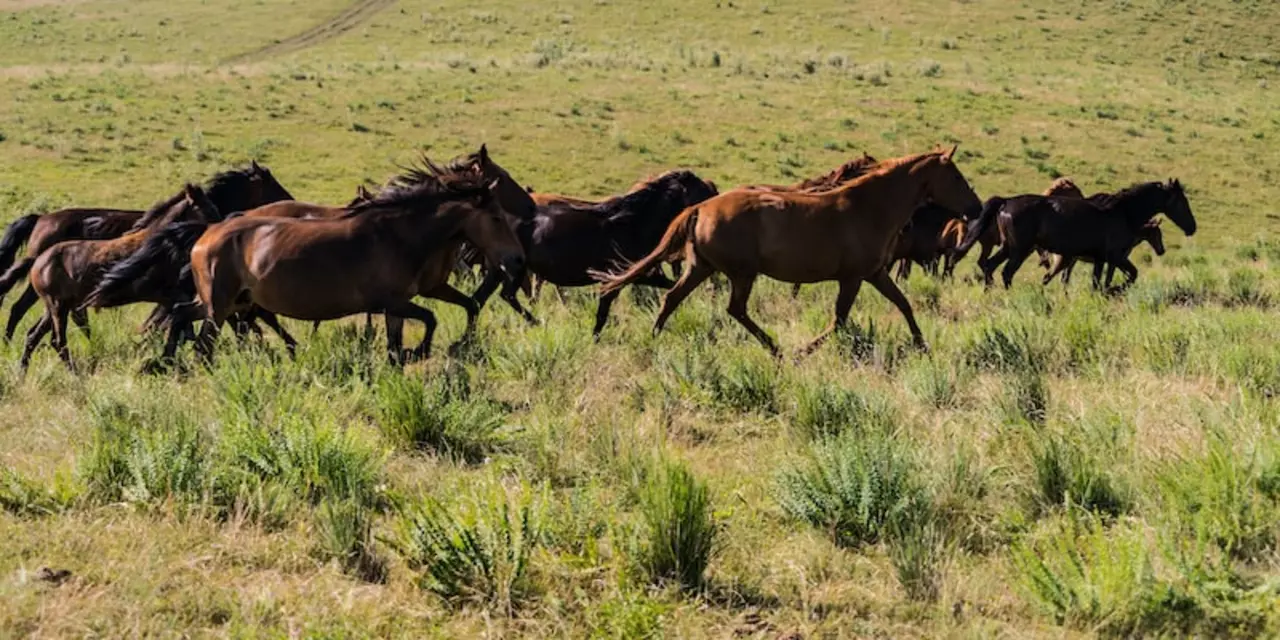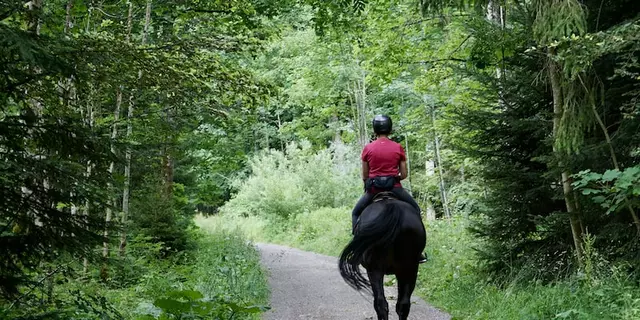Horse Ranching Advice: What You Need to Know Before Buying a Ranch
If you’re daydreaming about owning a horse ranch, you’ve probably imagined wide open pastures and sunrise rides. Before you sign any paperwork, you need a clear picture of the real costs, legal steps, and daily chores that come with the dream. This guide gives you the straight‑talk you need so you can decide if a ranch is right for you – and how to start it off on the right hoof.
Budgeting and Legal Basics
First up, money. A lot of people focus on the price tag of the land, but the hidden expenses add up fast. Think about:
- Land purchase and any needed zoning changes – some counties won’t let you keep horses without a special permit.
- Building or upgrading barns, fences, and water systems. A sturdy barn can cost $30,000 or more.
- Ongoing costs: feed, bedding, vet bills, insurance, and staff salaries if you hire a stable hand.
Make a spreadsheet that lists upfront costs and monthly running costs. A good rule of thumb is to have at least six months of operating cash saved before you even move the first horse onto the property.
Legal side? Talk to a local attorney who knows agricultural law. You’ll need to check:
- Zoning and land‑use regulations – some areas restrict the number of animals per acre.
- Licensing for boarding or training services if you plan to make money.
- Liability insurance – it protects you if a rider gets hurt or a fence fails.
Setting Up Facilities and Daily Management
Once the paperwork is sorted, it’s time to build a functional setup. Start with the basics:
- Stalls that are at least 12x12 feet, with good ventilation and safe lighting.
- Pasture rotation plans. Overgrazed fields lead to mud, parasites, and costly repairs.
- Clean water sources – automatic waterers cut down on daily refills.
- A safe riding arena. Even a modest sand arena improves training and reduces injury risk.
Don’t forget a dedicated feed storage area. Keep grain and hay off the ground to avoid moisture and pests. A simple dry‑store with a roof can save you a lot of headaches.
Daily chores can feel endless, but a routine makes it manageable. Create a checklist that covers feeding, stall cleaning, turnout, and health checks. If you have staff, assign each task a clear time slot so nothing slips through the cracks.
Lastly, think about long‑term growth. Do you want to add a breeding program, host clinics, or expand boarding capacity? Planning for extra barns or a larger arena now can save you money later.
Owning a horse ranch isn’t just a hobby; it’s a small business that needs solid planning, realistic budgeting, and a good support network. Use the advice above to weigh the pros and cons, and you’ll be riding toward a successful ranch with confidence.



